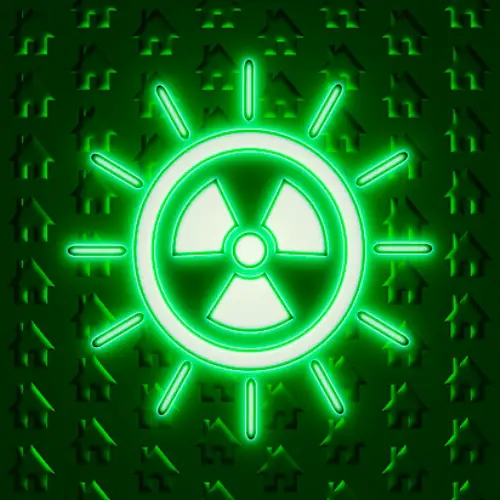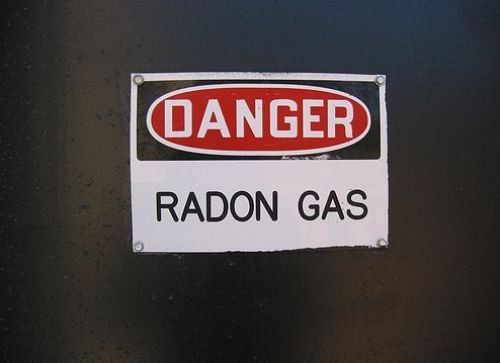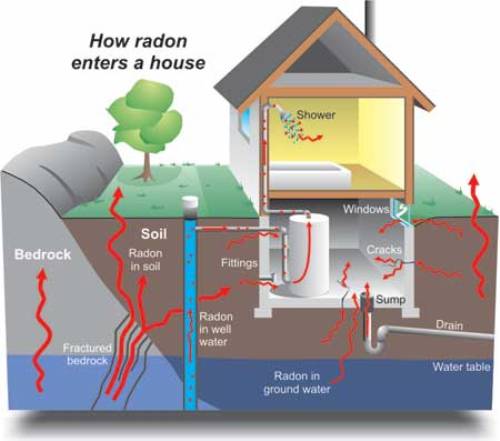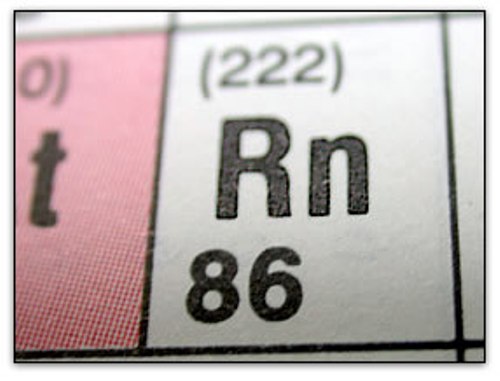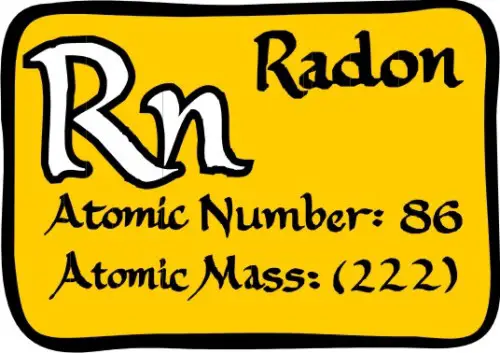10 Interesting Radon Facts
Let’s find out more about Radon Facts if you want to know the detail properties of this radioactive gas. It is not easy for us to detect the presence of this radioactive gas since it is often accumulated in low areas. The house basement is often filled with radon. Check out more facts about one of the heaviest gases below:
Radon Facts 1: the atomic number
In the periodic table, radon has the atomic number at 86. The symbol is Rn. This chemical element has the tasteless, odorless, and colorless characteristics. Therefore, the radioactive noble gas is very hard to detect.
Radon Facts 2: the freezing point
The freezing point of radon is at -71 degree Celsius or -95 degree F. If this element is cooled below the freezing point, it becomes yellow due to the elimination of the bright radiating color. It turns to be an orange red color when the temperature is lowered.
Radon Facts 3: the heaviest known gas
Radon is called as one of the heaviest and densest known gases if it is saved under the normal condition.
Radon Facts 4: the melting and boiling point
Radon has the boiling point at -61.7 degree Celsius or -79 degree F. The melting point of radon is -71 degree C or -95 degree F.
Radon Facts 5: few compounds
The scientists can only find out few compounds of radon because this radioactive gas is very risky to handle. It can affect our health if we are exposed to Radon. Therefore, the chemical research of radon is not easy to conduct.
Radon Facts 6: Friedrich Ernst Dorn
Friedrich Ernst Dorn was a German physicist who made a research in 1900. Based on his research, he found out that the radioactive gas was emitted from a radium compound. He named it Radium Emanation.
Radon Facts 7: William Ramsay and Robert Whytlaw Gray
The ones who could isolate radon and find out the density of this gas were William Ramsay and Robert Whytlaw Gray. Both did it in 1908.
Radon Facts 8: the decay
In natural state, people can get radium from the decay of thorium and uranium. Then radon is produced from the decay of radium. Compared to any decay products or radon daughters, the radon decays are more radioactive and dangerous. Another radioactive element is explained in plutonium facts.
Radon Facts 9: inside the building
Radon can affect the indoor air quality since it is often found in the lower level of a high building.
Radon Facts 10: lung cancer
People assume that lung cancer has something to do with radon even though there is no clear link about it. But the miners often died because of lung cancer after they are exposed with radon in 1940s and 1950s due to the small ventilation in the mines. Get facts about lung cancer here.
What do you think on facts about radon?
